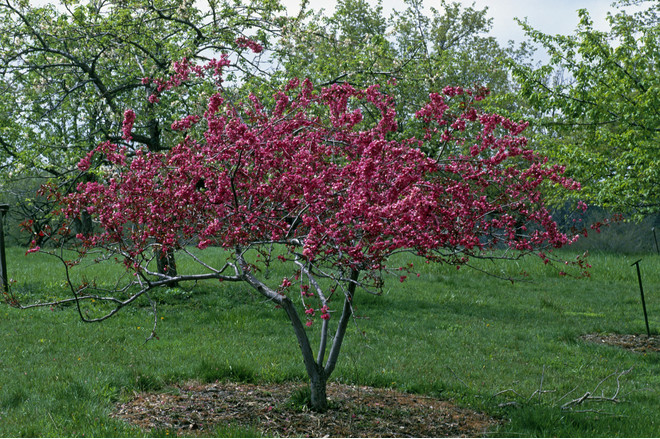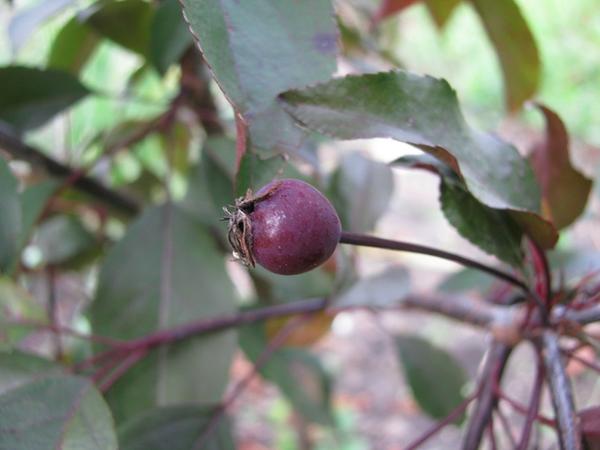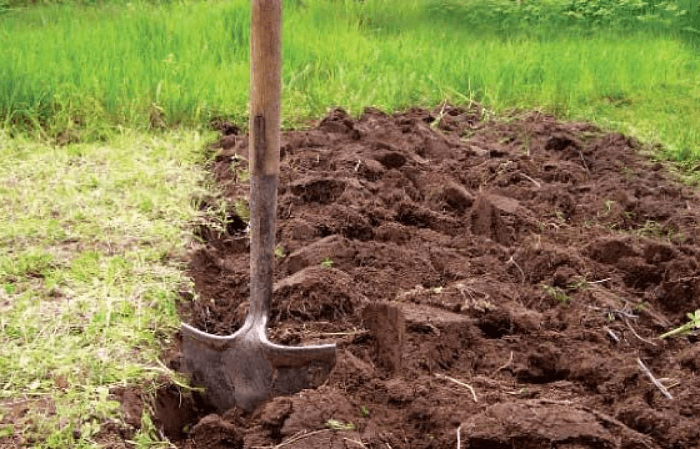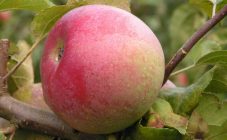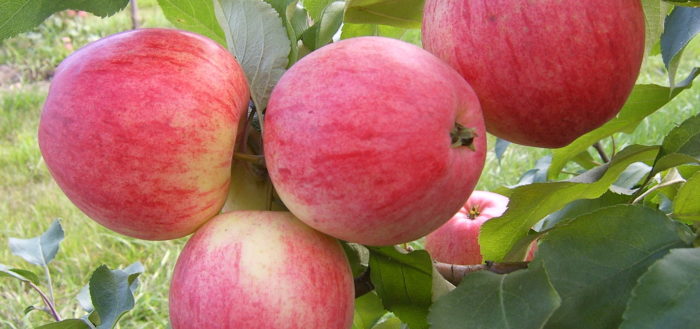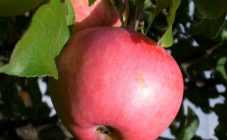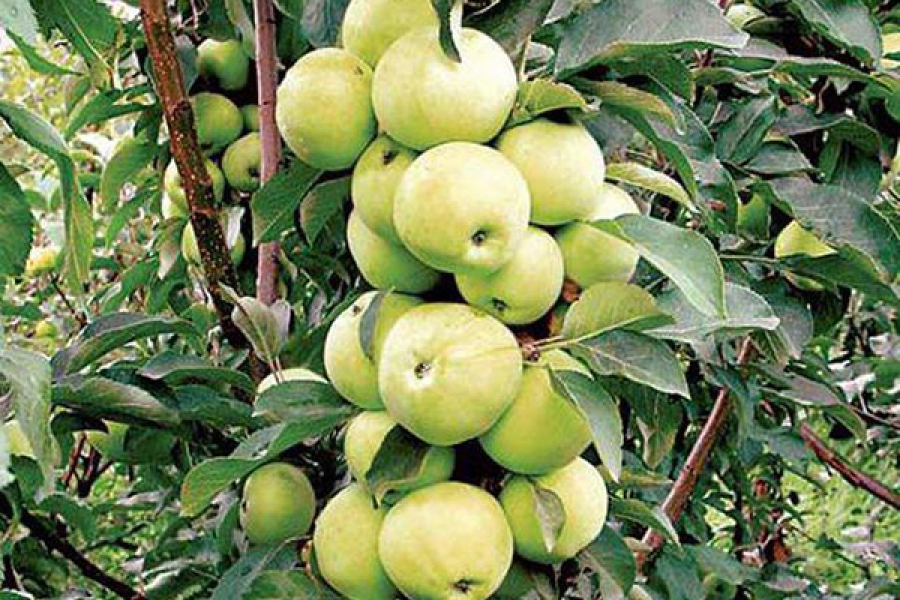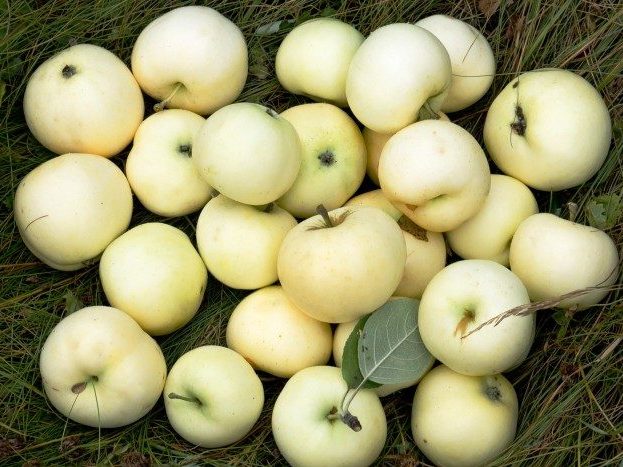Content:
Many gardeners plant on their plots not only fruit trees or shrubs, from which they are going to get good yields. You can often see beautiful trees covered with bright red flowers in the garden. This is how a decorative apple tree blooms. There are many varieties of this beautiful tree, one of which is the Royalty apple tree. Its description, basic characteristics and cultivation techniques will be described below.
The history of the creation of the variety
The decorative apple tree Royal is the fruit of the work of Russian breeders, who took the apple tree of Nedzvetsky as a basis. This Central Asian tree has excellent qualities, thanks to which it is actively used to create numerous new varieties.
The red-leaved (or purple) apple tree looks so beautiful that it is planted in parks and squares, next to houses and office buildings, in garden plots.
These trees are beautiful at any time:
- in spring, thanks to the beautiful flowers that cover the entire crown (flowering is active and abundant);
- in the summer - due to the color of the foliage: red, purple with a slight green tint;
- in the autumn - a bright crimson or red color of the foliage, among which oblong apples look spectacular, with a red skin color;
- in winter - interesting forms of the crown, which, thanks to the formative pruning, can be any (and the given shape lasts for a long time).
Characteristics and features of the variety
The Royalty apple tree is not very large, its average height is about 6 meters, the tree reaches this height by the age of 11-13. Due to its medium size, the Royal apple tree is often used in landscape design - from these plants of different ages, magnificently beautiful compositions are obtained. It is extremely rare that this culture reaches a height of 8-9 meters.
The crown grows vertically, in an adult tree its width can reach 5-6 m. In the paradise apple tree, the red-leaved shoots grow slowly, so in the first seasons the tree looks very compact.
With the correct formative pruning, the crown takes on the shape of a ball or oval. With age, it can become too sprawling, and also grow very wide.
It is noteworthy that the weeping red-leaved apple tree looks very impressive due to the fact that its branches bend beautifully downward. This variety may not even be cut off often, because it already retains its beautiful shape.
In the first seasons after planting, this ornamental plant has an increased growth of the root system. And only after it grows well, the tree undergoes an active growth of the vegetative mass and branches.
During the period of active growth of branches, their growth per season is up to 0.4 m (depending on the variety and care).
The foliage is of an oblong elliptical shape, slightly tapering at the tips, the length of the cast is up to 9-11 cm. Above, the leaf plates are smooth, glossy.In spring, the leaves amaze with their beautiful bright purple or violet color, but under the influence of the hot summer sun, their colors fade, becoming deep red with a purple or purple tint. In autumn, the color of the leaves becomes crimson, sometimes red with a brown tint.
The foliage falls late in the autumn, therefore, against the background of fruit trees that are in a hurry to throw off the yellowed foliage, the purple Royalty apple tree looks especially bright and colorful.
If the trees are densely leafy, then their foliage can be two-colored - from above - soft green, and from below - purple. This color is especially good and beautiful at moments when a light breeze swoops in.
Thanks to the work of breeders from the maternal form, the Red Royal apple tree has acquired a high resistance to frost. If the groundwater level is located far enough from the surface of the earth, then the trees perfectly tolerate the winter. Therefore, the Malus Royalty apple tree and other varieties of similar decorative trees can be found in Moscow - parks and squares, in the Moscow region and the middle zone of our country.
The description of the hybrid apple tree can be ended with a story about disease resistance, which is higher in these ornamental plants than in other fruit trees in the garden. However, if other trees nearby show signs of fungal diseases, ornamental plants should be treated with special preparations for prevention.
Agrotechnics
You should start growing this ornamental plant with a careful selection of seedlings. When buying, the roots are carefully examined - they should not be dry and damaged. They also carefully examine the aboveground part - there should be no growths or spots on it.
The stem under the bark is bright salad. The seedlings should be leafless, and the buds should preferably not be swollen.
You need to buy two-year-old seedlings - in this case, they will tolerate transplantation well and will not adapt to new growth conditions for a long time.
Planting time for young trees:
- in the spring - until the third decade of April (if frosts are no longer expected);
- in autumn - until the second half of October.
In the second case, the landing time is calculated so that at least 1.5 months remain before the onset of cold weather. Only in this case will the plants have time to take root properly.
The place where these apple trees will grow should be well illuminated by the sun's rays, since in the shade or partial shade, the color of the foliage will be less intense. As a result, the decorativeness of the plant will be partially lost.
The soil should not be too dry or waterlogged, so sandstone or heavy clay soil is not for the Royal Apple tree. The best soil for planting is loamy or sod-calcareous. The close occurrence of gravel, limestone and groundwater also negatively affects the growth of the root system.
The seedlings should also be prepared - in a day, their root system is placed in a bucket of water. All damaged areas of the underground and aboveground parts of the tree should be removed, and the cut areas should be sprinkled with coal dust.
Planting pit preparation:
- dug out 7-9 days before the expected disembarkation;
- depth not less than 0.5 m;
- a layer of humus mixed with garden soil and sand in equal amounts is poured onto the bottom of the pit;
- add 2-4 liters of water.
Then the seedling is installed, and its roots are carefully straightened along the diameter of the pit. From above, the roots are covered with soil, lightly tamped and poured with a bucket of water.
If more than two seedlings are planted, the distance between the planting pits is made at least 6 m.
Further care consists in regular watering, loosening of near-trunk circles and removing weeds. The first watering is carried out when planting plants - at least half a bucket of water is poured under each tree.The next watering is carried out after 3 days, and then regularly every 7 days. Loosen the soil and remove weeds immediately after watering.
Advantages and disadvantages of the variety
Apple Royalty has many positive qualities:
- good resistance to frost;
- resistance to drought and strong winds;
- the apple tree is unpretentious and does not require special care;
- takes root quickly in new conditions;
- high decorative qualities.
There are few disadvantages of this plant: slow growth, responds negatively to pruning, with strong formation it almost stops growing, the fruits of the tree are inedible.
